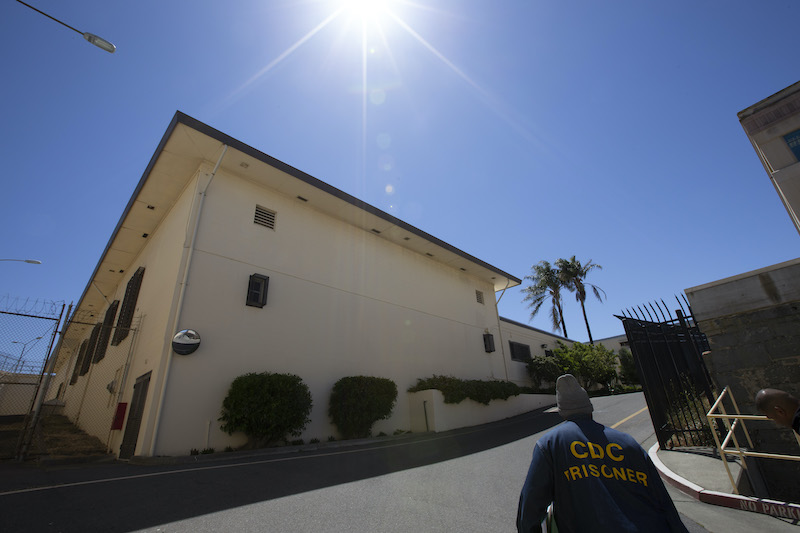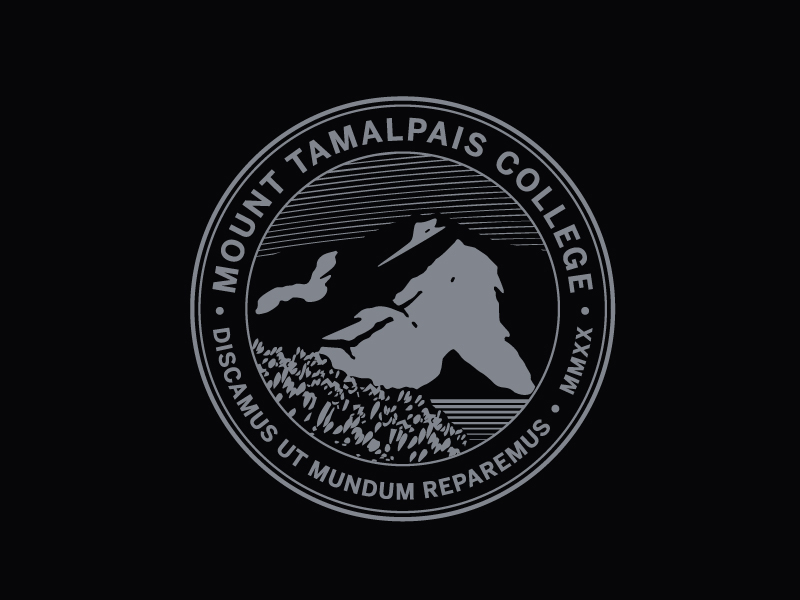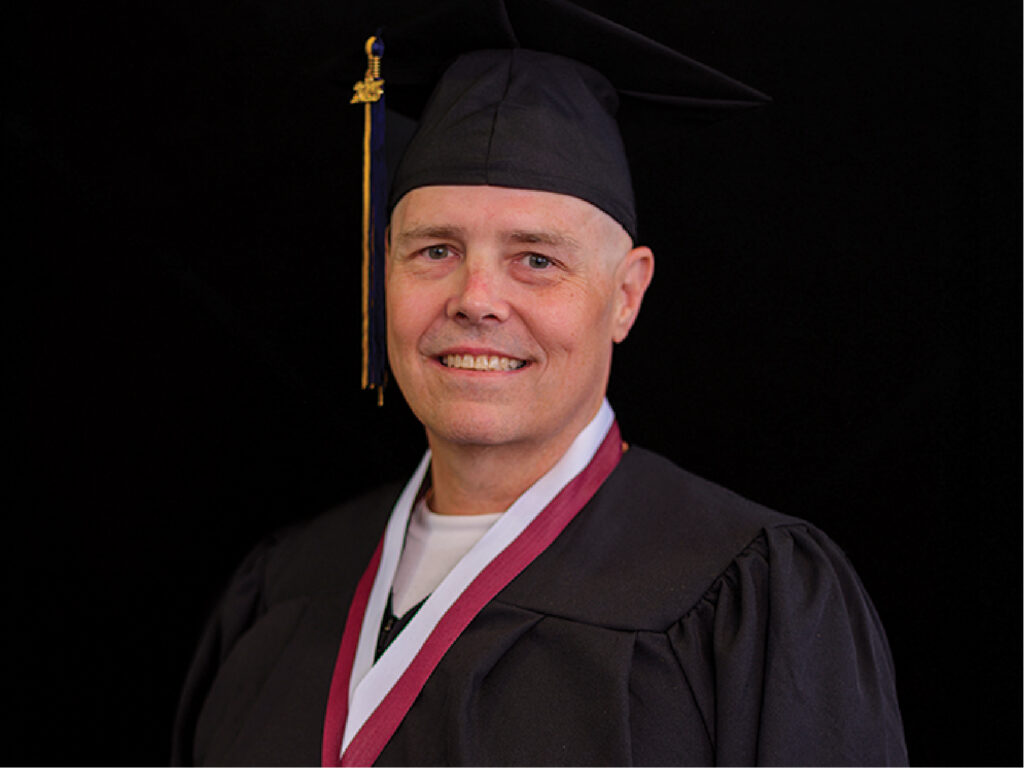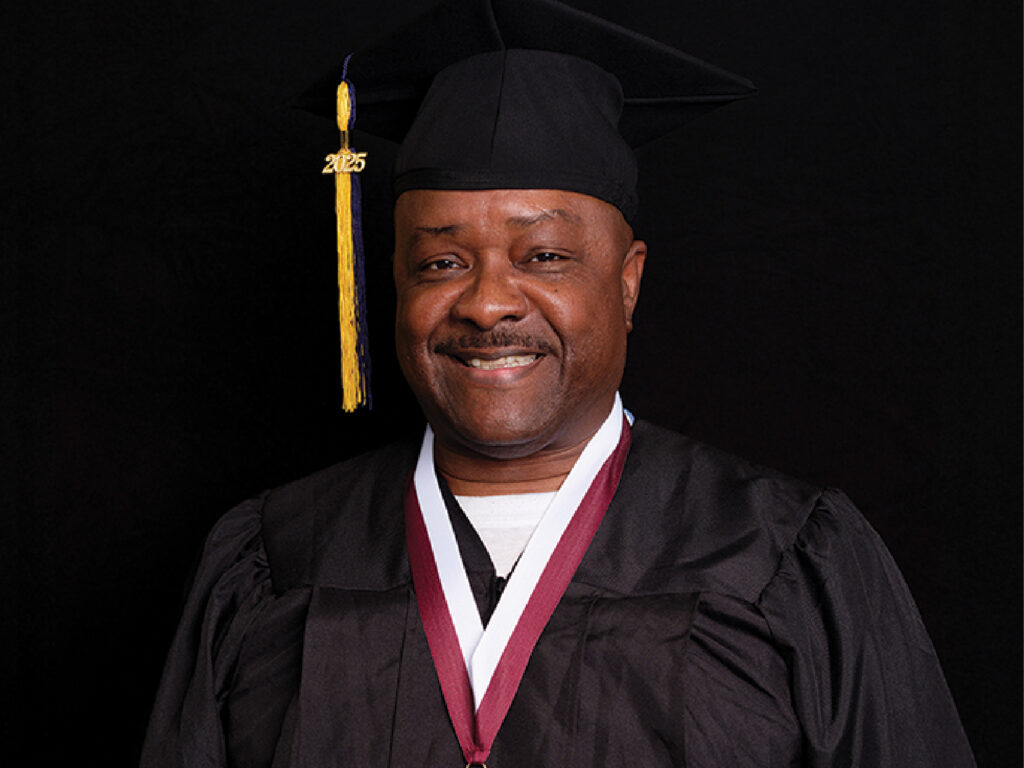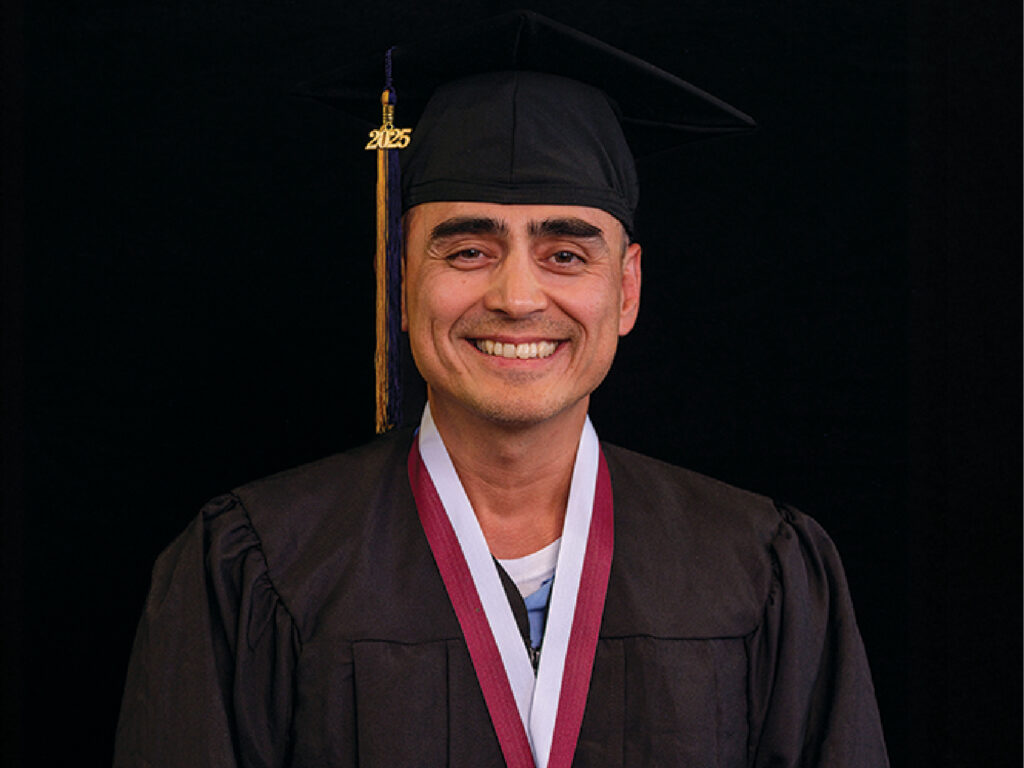California’s infamous San Quentin State Prison is headed for a major transformation as Gov. Gavin Newsom advances his efforts to remake the state’s penal system. Newsom is scheduled to visit the 171-year-old penitentiary Friday and detail plans to shift it from a maximum-security facility to a center for education and training within the prison system, according to his press office. In a statement Thursday, Newsom called the prison’s impending evolution “a new model for safety and justice — the California Model — that will lead the nation.”
San Quentin, which houses about 3,300 inmates, would be the largest facility of its kind in the nation, Newsom said. Located on a peninsula in Marin County north of the Golden Gate Bridge, San Quentin is California’s oldest prison and was once home to the nation’s largest Death Row. Under the governor’s plan, the facility will be renamed “San Quentin Rehabilitation Center” and an advisory group of rehabilitation and public safety experts will lead the transformation.
It was not immediately clear how long that process would take. But the reimagined facility will incorporate more holistic, Scandinavian incarceration models, according to Newsom’s administration. Any remaining Death Row inmates will be transferred to other prisons in the state. The 2023-24 budget proposal released by the governor in January allocates $20 million to commence the project. The legislature must approve funding for the effort. While it was not immediately clear the extent of changes that would occur at storied correctional facility, justice reform advocates commended the governor’s intentions.
“By transforming San Quentin into a place that promotes health and positive change, California is making a historic commitment to redefining the institution’s purpose in our society,” Brie Williams, professor of Medicine at the UCSF Center for Vulnerable Populations, said in a statement. “I look forward to lifting the voices of people who have lived or worked in prisons to imagine a center for healing trauma, repairing harm, expanding knowledge, restoring lives, and improving readiness for community return.”
The reimagining of the facility marks the latest in a series of steps by the governor to shift California’s incarceration system away from punishment and toward rehabilitation — one of his original campaign promises. Over the last four years, Newsom has placed a moratorium on the executions of thousands of death row inmates. He signed a law aimed at reforming the state’s juvenile justice system and ended the state’s use of private, for-profit prisons.
He’s also pushed California’s correctional department to embrace methods used in Norway and other Scandinavian nations, which rehabilitate inmates by trying to normalize life, emphasizing services and support over punishment. San Quentin would not be California’s first penitentiary modeling such an approach. At Valley State Prison in Chowchilla, inmates are already experiencing the philosophy first-hand. The facility has a garden, barbecue pit and more comfortable furniture, according to a recent story in The Bee. Norway’s model is not only seen as an improvement for inmates but also for correctional officers. Nearly a third of California correctional officers have at least one symptom of PTSD, 38% report symptoms of depression and 10% entertain suicidal thoughts, according to a 2018 study from the University of California, Berkeley.
Meanwhile, in Norwegian prisons, officers report high levels of job satisfaction and well-being. They are trained to build relationships with inmates and to use the lowest levels of force when approaching potentially confrontational situations.
San Quentin was a different place when Daniel Silva was an inmate there in the 80s. “It was horrible,” he said. “There was a lot of violence.” The prison has a legacy of violence, including a 1971 escape attempt that left three inmates and three guards dead. San Quentin has also been the site of 422 executions, starting with hangings in 1893, the gas chamber beginning in 1938 and later lethal injection. In 2019, following a slew of legal challenges over the years, Newsom issued an executive order that halted further executions. He later shuttered the prison’s death chamber.
But over the years, Silva said he has seen the notorious penitentiary undergo major changes and invest in programming to improve the experiences of its inmates. San Quentin offers several nationally-recognized programs and services for its inmates. The prison is home to an award-winning inmate-produced newspaper, as well as the first podcast created and produced in prison, Ear Hustle. It also has its own accredited liberal arts degree program within the prison confines called Mount Tamalpais College. The college currently serves about 300 inmates at no cost to the students and has awarded more than 200 degrees, according to college founder and President Jody Lewen.
After spending more than 20 years behind bars, Silva now runs a Sacramento-based nonprofit called Self Awareness and Recovery, which helps prevent and divert youth from entering the state’s prison system and assisting inmates returning home after their release. He’s hopeful that the governor’s announcement will lead more inmates to find their purpose like he did and prepare them to pursue a better life upon release. “I think the governor is making good choices as far as fixing things,” Silva said. “These types of reforms have to take place if a change is really going to happen.”
Attributions: This article originally appeared in Sacramento Bee on March 17, 2023. Photo courtesy of R.J. Lozada.
